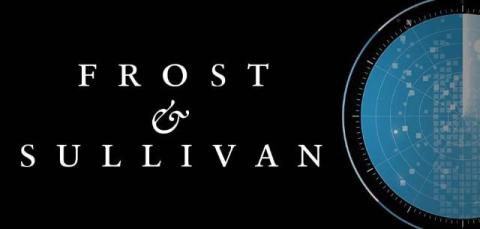Trustwave Named Frost & Sullivan Company of the Year
Trustwave has received the Frost & Sullivan Excellence in Best Practices Company of the Year Award in the Americas Managed Security Services (MSS) market, recognizing Trustwave as being at the forefront of innovation and growth in this category.






